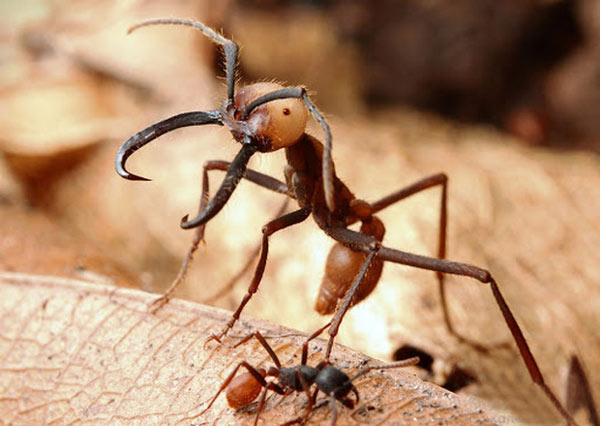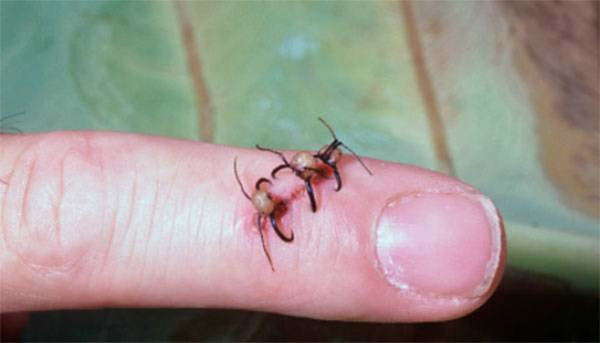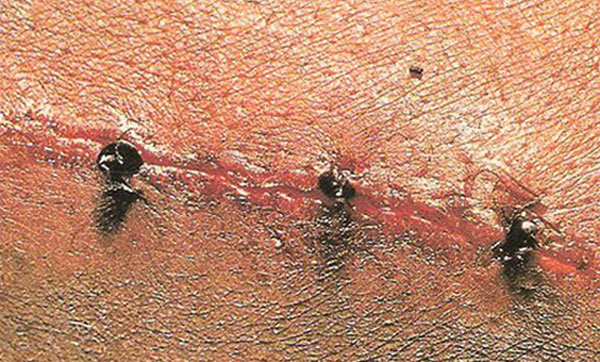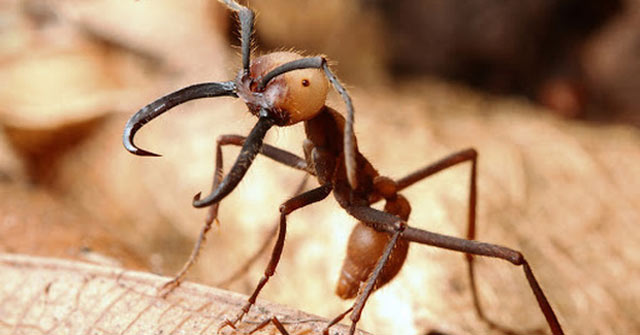What are army ants? What are Asian army ants like? Here's everything you need to know about army ants.
There are more than 200 different species of army ants, and they are commonly found in the tropical rainforests of South America. One of the most studied species is Eciton burchellii. These ants rest in a temporary shelter, which is a temporary nest made up of ants.
Army ants are not the horrors to humans portrayed in the movies, but their biology is extraordinary and well worth discussing. Army ants do not have permanent nests; Instead, ant colonies alternate between a stationary phase, during which the queen develops and lays eggs, and a nomadic phase, during which the colony typically moves around in search of food for its hungry larvae. their food. Armed with large jaws and a painful sting, army ants are extremely effective predators. Most army ants specialize in preying on other ant species, but some species are frequently seen, eating a variety of insects and even frogs, lizards, and young birds.
Army ants are the most disciplined and combative of the ant family. This species of ants can gather in large colonies of up to millions of ants, and is able to cooperate with each other very well when hunting and fighting large enemies thanks to the ability to transmit signals through a type of smell. that they secrete.

Army ants apply raid tactics, overwhelming them with superior numbers to defeat any prey they see on their way, including large and dangerous animals such as poisonous snakes or scorpions. .
Army ants are classified by National Geographic magazine as one of the most dangerous creatures in the Amazon region.
The wingless queen of this ant species can lay up to 4 million eggs per month. Army ants are nature's most greedy ant species, a colony of ants can destroy and devour about 500,000 prey per day. Thanks to their sharp teeth like tiny swords, army ants can easily eat large and dangerous prey.
Video: The terrifying carnage ability of army ants.
The sharp teeth and bite of army ants can replace medical thread to suture wounds in an emergency. Just hold the army ant in your hand, place its teeth near the wound and let it bite hard. Once the ant's teeth have penetrated the flesh, its hindquarters will be severed, leaving only the head and jaws remaining. This natural suture is really effective and can hold the wound for days on end.


People in Congo and around Africa still use this method when they are injured and do not have medical supplies at home.


